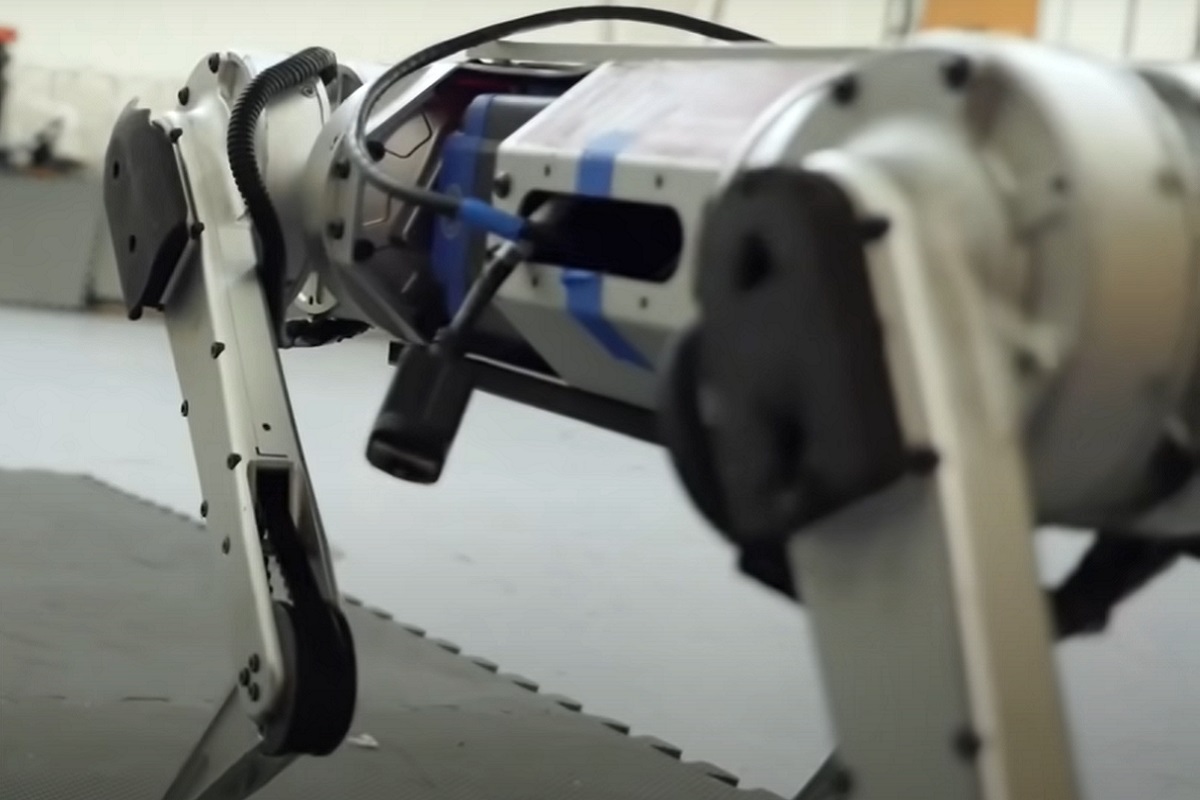The gadget used AI-powered simulations to set a new speed record after learning move efficiency.
A robotic Mini Cheetah developed at MIT used artificial intelligence-powered simulations to teach itself how to run. In the process, it learned to boost its efficiency on all terrain types, breaking all its previous speed records in the process.
The research was conducted by a CSAIL team at MIT using AI for machine learning.
The team used artificial intelligence to rapidly teach the cheetah robot to adapt its gait as required based on the terrain. This began with learning to run in the first place. It then brough about an entirely new gait that made it possible for the robot to move faster than it ever had before.
The designers aimed to develop and program a robot that would be able to handle virtually any situation that it could experience in the real world, that task remains well out of reach based on current technology due to an unpredictable and never-ending number of variables. 
Simply sending a robot to head down a sidewalk can cause it to experience an infinite number of potential obstacles from loose gravel to slippery or icy pavement and everything in between. This helps to explain why both bipedal and quadrupedal robots typically have slow and cautious gaits. They have been programmed to continually function as though they are working through the worst possible terrain, even if the surface they’re navigating is free of obstacles or debris.
Artificial intelligence is meant to improve robot adaptability in moving across different terrains.
Improving robot adaptability is central to making it possible for them to move more quickly across different terrains with confidence.
By changing their speed and gait and allowing them to identify safer surfaces, they can transition more smoothly from one to the other. That way, they can move more slowly on surfaces such as gravel, and more rapidly on smoother paved surfaces.
Robot programming can be conducted manually and upgraded each time the robot reaches a new terrain that it would be unable to successfully navigate. That said, a manual process is clunky and time consuming. Moreover, it means that the robot cannot handle anything new on its own and will fail without assistance.
With an artificial intelligence approach, a robot that can learn via trial and error and then use what it has learned to tweak its movements and behaviors will be able to make its own adjustments based on new terrains.

